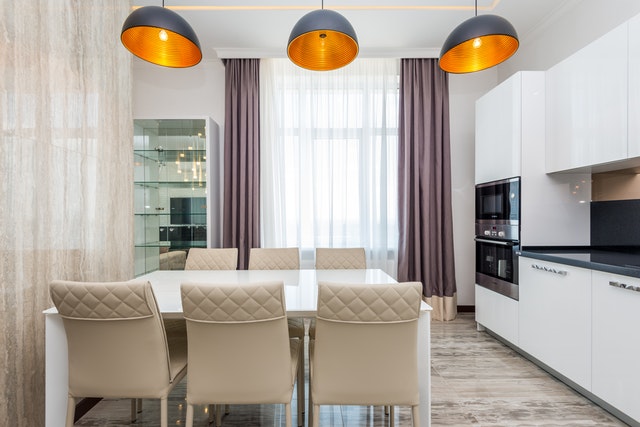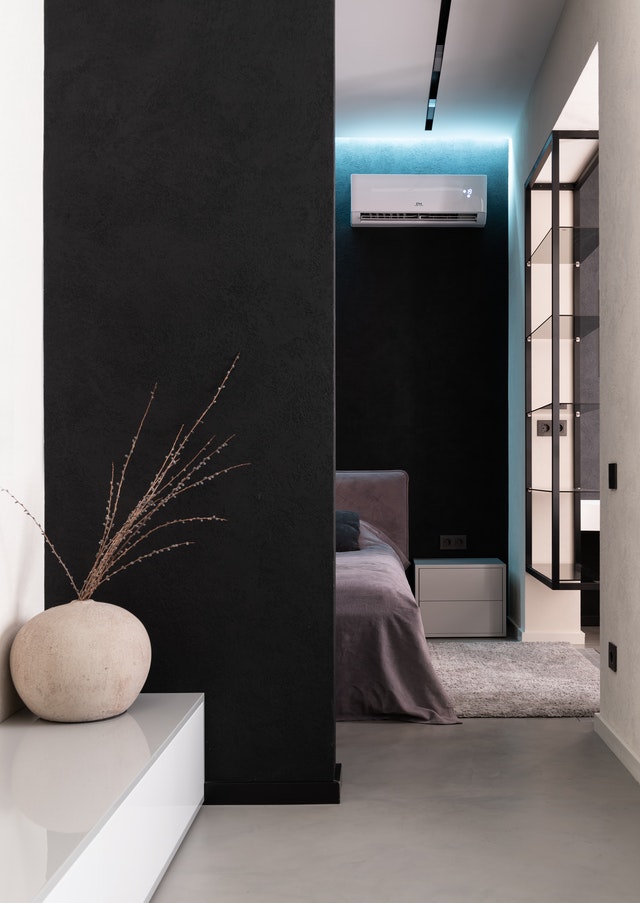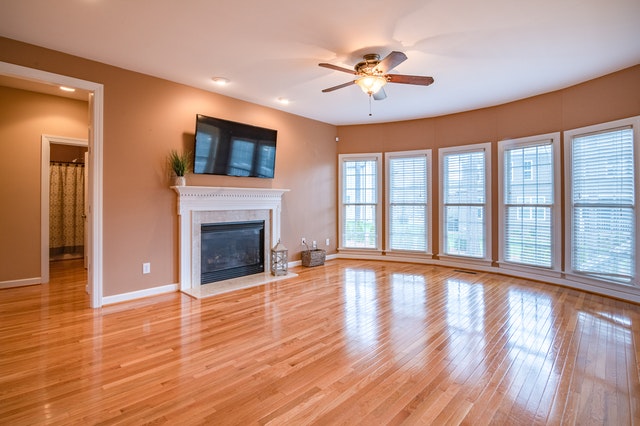Poor ventilation can lead to several health problems, including asthma, allergies, and other respiratory issues. It can also cause indoor air pollution, especially dangerous for children and the elderly.
This is a contributed post and does not necessarily reflect the opinions of Meet The Harris Family.
But how do you improve ventilation? Consider these tips:
1. Open Your Windows
This is the most prominent and most straightforward way to improve ventilation. Just open your windows and let the fresh air in! You can use a fan to create a breeze if it’s cold outside.
Note, though, that you have to close your windows when it rains or snows, since opening them will let in moisture and could cause damage to your home.
If you’re concerned about security, you can install window locks or restrictors that allow you to open the windows a few inches but not enough for someone to climb in.

If your windows are old and drafty, consider replacing them with newer, more energy-efficient models. These include:
- Double- or triple-glazed windows, which are less likely to let in cold air from outside
- Low E glass coating that reflects heat into your home during winter and keeps it out during warmer months
- Argon-filled windows, which slows down heat transfer between the inside of your home and the outside environment by creating an almost-unbreakable barrier between them
You should also consider replacing any old doors with newer models more resistant to drafts and better insulated against heat loss.
If you live in an apartment building or condo, the landlord will most likely seal the windows due to fire regulations. In this case, you can use a fan to circulate air in the room or consider installing a window AC unit.
If you live on the second floor or higher, there may be less air movement due to natural convection currents created by warm rising air and cool falling air throughout your home. This is especially true if there’s no way for fresh outside air to enter through your windows. In this case, you can use a fan to help move the air around and improve ventilation.
2. Fix Air Conditioners and Furnaces
If your air conditioner or furnace is old, it may not be circulating the air in your home as well as it should. This can lead to poor ventilation and several health problems.
You should have these appliances serviced at least once a year to ensure that they’re running correctly and distributing air evenly throughout your home. You may also want to consider upgrading to a newer, more energy-efficient model.
If you live in a hot climate, you may need to use your air conditioner more often. Keep the unit clean and well-maintained to run efficiently and don’t have to work harder than necessary.
If you live in a cold climate, your furnace could be causing poor ventilation due to old ductwork or inefficient heating systems. Call a furnace service specialist for repairs and maintenance.

3. Upgrade Your HVAC System
If your home is old, it may have an outdated HVAC system that can’t handle the amount of air circulating through it. This can cause poor ventilation and many health problems.
Consider upgrading to a newer model with more extensive ductwork and more robust fans so that you’re getting more efficient airflow throughout your home. Have your HVAC system serviced at least once a year to ensure that it’s running correctly and distributing air evenly throughout your home.
Another option is to take care of the attic. The attic is often the first place that heat and moisture escape from your home. Ensure that the insulation in your attic is up-to-date and adequately installed, and consider installing a ventilation system to help keep it cool and dry.
If you have any cracks or holes in your walls or ceilings, seal them up with caulk or expanding foam to prevent air from escaping. If you have a fireplace, make sure the flue is closed when it’s not in use to keep warm air from escaping up the chimney.
4. Use Fans to Circulate Air
If you live in a hot climate, using fans can help circulate air and improve ventilation. Place fans in strategic locations throughout your home, such as near windows, doors, and vents, to create a breeze and move the air around.
If you have an attic fan, make sure it’s turned on when the weather is hot to help circulate air throughout your home. If you live in a cold climate, fans can help distribute heat evenly and improve ventilation. Place fans near windows and doors to push the warm air out and bring in fresh, cool air from outside.

Fans can also improve ventilation in rooms where the windows are sealed shut, such as bathrooms and kitchens. You can also use a fan to create a cross-breeze in your home by placing fans in opposite corners of the room. This will help move the air around and improve ventilation.
Fans are an affordable and easy way to improve ventilation in your home and keep you healthy and comfortable year-round.
Poor ventilation can lead to several health problems, including respiratory infections, allergies, and asthma. Fortunately, there are several ways that you can improve ventilation in your home, from using fans to upgrading your HVAC system.


